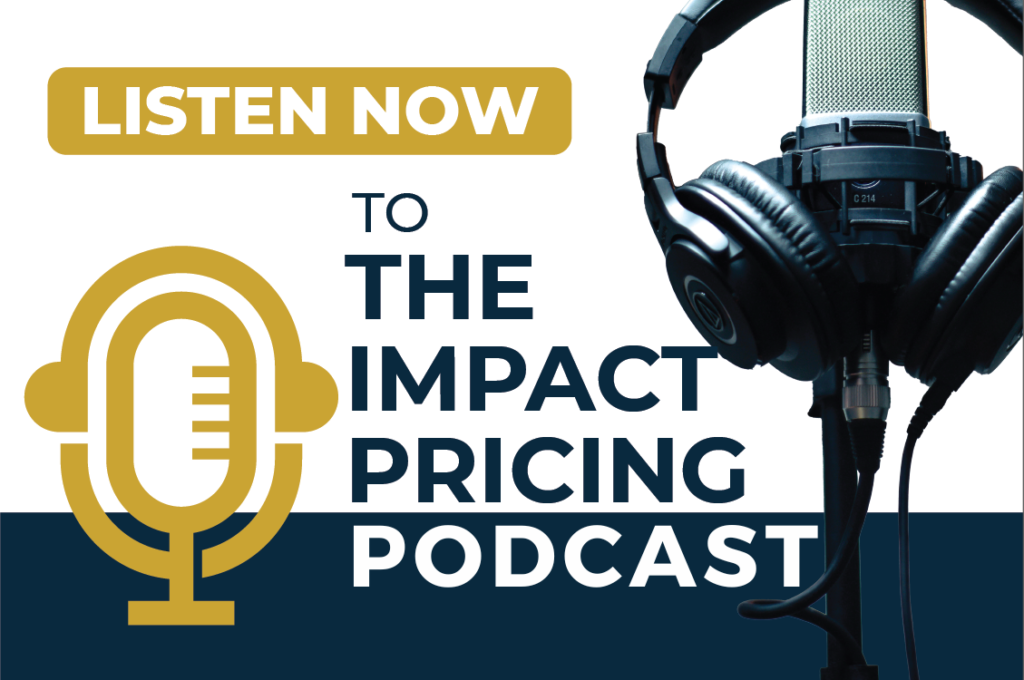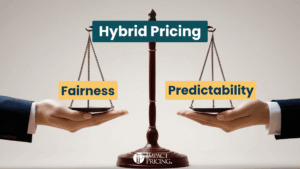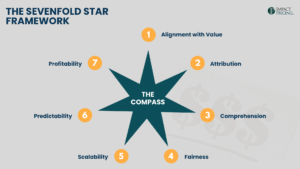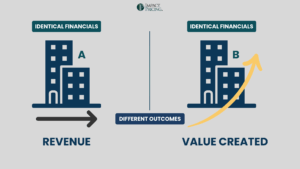Every day a new vendor pops up promising “AI powered” this or “machine learning” that. Budgets are being carved out, boards are asking about AI initiatives, and LinkedIn is flooded with charts of models and benchmarks. But here is the truth: nobody wakes up thinking “I wish I could buy some AI today.” They wake up thinking “I wish I could reduce my churn, close my books faster, or cut patient wait times.”
This is not the first time we have seen this. In the early 2000s software companies sold SaaS as if it were a product. Buyers were pitched “hosted” and “multi-tenant” instead of “fewer servers to maintain” or “predictable costs.” Fast forward to now and nobody buys SaaS for its own sake. We all use it because it is the easiest way to get the result we need. AI will follow the same curve.
The Three Stages of an AI Market
Right now we are living through the “fear of missing out” stage. Some companies really are buying AI simply because they do not know what it can do and they do not want to be left behind. That is valid. It is what innovators and early adopters always do. They experiment, they pilot, they put “AI” on slides to reassure investors.
But most companies are not like that. They are waiting for clear evidence: metrics, case studies, reference customers. They want to see how AI will solve an identified problem for them before they invest. When that happens at scale we will move to the next stage. AI will be invisible infrastructure just like SaaS. People will buy the outcome, not the algorithm.
Where AI Actually Fits in a Sales Story
There is still a role for AI in your pitch but not as the hero. Think of it in three layers:
- Driver: The outcome your buyer actually cares about (lower fraud, faster approvals, higher revenue).
- Enabler: The mechanism that makes it possible (AI, SaaS, blockchain, whatever).
- Signal: The credibility you give your claim (“We are able to do this because of our AI models trained on X million transactions”).
AI belongs in the enabler and signal layers. It can justify your performance claims, but it is rarely the reason someone signs a contract.
Timing the Shift
If you are a vendor, lead with AI to get in the door while hype budgets are still flowing. Start collecting proof points immediately. As soon as you can put a number on your outcome (“we cut invoice processing from 12 days to 4”), shift your marketing to the result. That is what Salesforce did. They launched under the “No Software” banner to ride the SaaS wave, but they became dominant by selling “Manage customer relationships anywhere.”
The End Game
Eventually, every successful AI company will become an outcomes company. Buyers do not buy electricity. They buy light, heat, and power for their electronics. They do not buy SaaS. They buy faster deployments and lower IT headaches. And they will not buy AI. They will buy whatever AI lets them achieve.
If you start with that end in mind, use AI as your proof point, but build your product, pricing, and messaging around outcomes, you will be the safe ROI backed choice when the mainstream market arrives. The hype will fade, but results never go out of style.
Share your comments on the LinkedIn post.
Now, go make an impact!
 Tags: pricing, pricing foundations, pricing skills, pricing strategy, pricing value, value, value-based pricing
Tags: pricing, pricing foundations, pricing skills, pricing strategy, pricing value, value, value-based pricing













